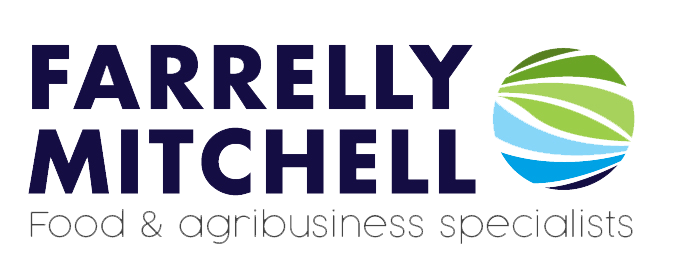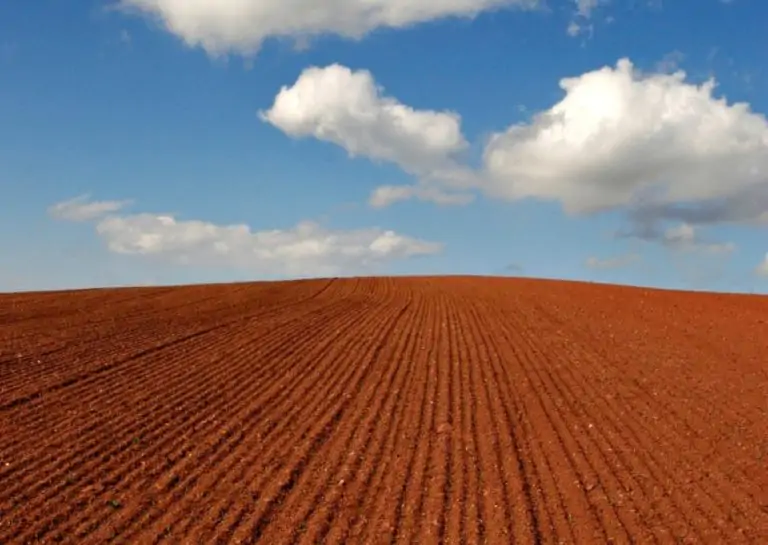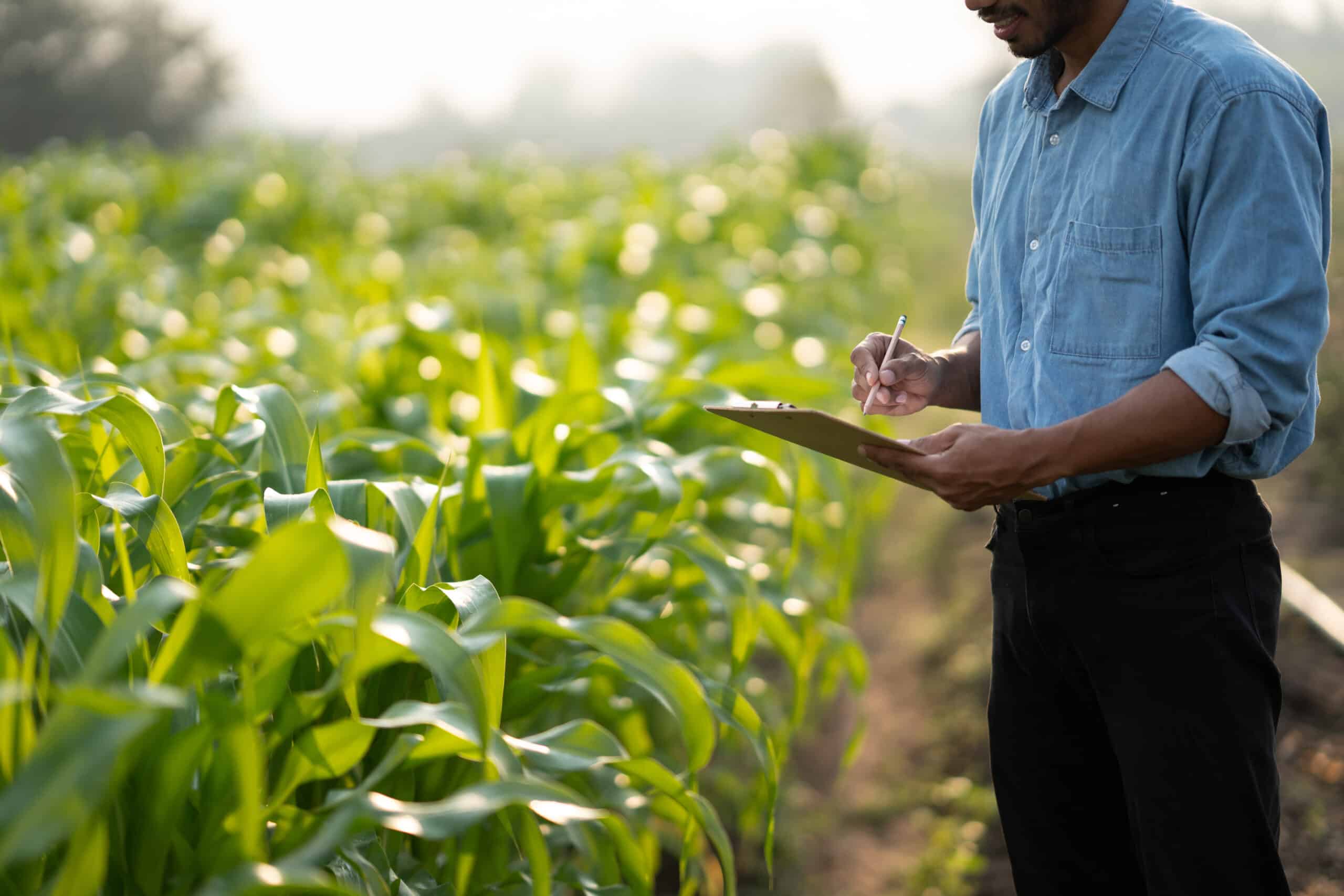The Biden Presidency is not losing any time in its first 100 days introducing reforms across the board. It served notice of its intent by immediately signing up once more to the Paris Agreement, from which the previous administration had withdrawn. An area in which the US is planning a leading role in combating climate change is soil carbon sequestration or regenerative agriculture.
Regenerative agriculture refers to the adoption of management practices which seek to reverse environmental damage, restore soil health, and improve biodiversity, while keeping farm operations profitable — examples of such management practices include; cover cropping, No-till, integrated pest management or holistic grazing management — practices that can improve biodiversity and soil fertility, and sequester carbon in soils.
Cover crops or the planting of winter crops, by, for example, replacing corn with turnips, clover, lentils and rye serve to keep CO2 in the soil.
It works as part of the photosynthesis process, where plants intake carbon dioxide and convert it into sugar. Plants then release the sugar or carbohydrates into the soil through their roots, or as residue when they die.
In these processes, some carbon stays in the soil, or is sequestered. The process creates what are called carbon ‘sinks.’
Potential agent against climate changes
The rationale for the approach is strong from an Environmental, Social, and Corporate Governance (ESG) perspective. Researchers estimate that farming throughout history has unearthed roughly 133 billion tonnes of carbon, equal to almost 14 years of global emissions at current levels.
The science continues to evolve but the hope is that improved land management could sequester up to nine billion tonnes of CO₂ each year, and improve soil health.
Recent analysis estimated that if cover crops were planted on 15 percent of the world’s cropland, soils could soak up between 1 and 2 percent of all fossil fuel emissions.
Limitations of carbon sequestration
But not everyone is convinced – some point to the low amounts of money farmers can gain from the activity, while there is also concern that polluting food and agribusiness industries pass themselves off as environmentally friendly but fail to make genuine lasting behavioural changes that truly minimise climate change.
There are other apparent limitations proponents need to address. Soil-based strategies are limited in duration. Sequestration rates are highest in severely degraded soils, and after a few decades of climate-friendly farming, most soils become saturated with carbon.
There are question marks about how carbon is sequestered in the soil, how long it stays there, and how much of a role soil biology and atmospheric CO2 play. For example, microbes consume organic matter, which releases carbon back to the atmosphere.
Data technology is challenged with persuading climate scientists that carbon drawdown rates are high enough to play a major role in averting climate disaster.
The challenge is complicated as the science around monitoring sequestration is still in its infancy and methodologies are being debated.
Government and industry backing
Despite the concerns and cynicism the science appears strong enough to persuade the US. In December, President Biden announced he wants to pay farmers to plant cover crops and has called for setting up a “carbon bank” within the first 100 days of his administration that would pay farmers and forest owners for climate-friendly practices.
The big food corporations are also investing. Just this week, First Milk, Nestle and Agri Carbon announced the launch of a pioneering soil carbon capture project which will carry out intensive soil carbon analysis to quantify the soil carbon sequestration on its journey to net zero.
Meanwhile General Mills has expressed its goal is to use regenerative agricultural practices on a million acres of farmland by 2030.
Danone North America set up a five-year demonstration programme three years ago, and it has already tripled in size, covering over 80,000 acres in the U.S. and Canada.
Danone estimated that the program has avoided more than 80,000 tonnes of carbon dioxide equivalent and sequestered more than 20,000 tons of carbon.
Devil in the details
Cynics will continue to point out the effectiveness of other practices such as restoring carbon-absorbing peatlands, reducing methane emissions from cattle and other ruminants, and increasing the productivity of existing farmland to discourage deforestation.
Carbon sequestration is undoubtedly of great benefit to the improvement of soil health, but it is up to those in favour of the practice to continue to supply the data proving its merits as an agent against climate change.
Proactively address climate change
Reducing greenhouse gas emissions is critical to the future of our planet. While carbon sequestration holds great promise in this area, implementing it can be complex and unappealing to producers in the short-term.
At Farrelly Mitchell, our ESG experts provide strategic guidance to clients as they transition to renewable and sustainable practices. With decades of industry experience and a commitment to modern and responsible agriculture, we can uncover solutions that are environmentally beneficial, while remaining practical and financially feasible. Contact our food and agribusiness experts today to explore tailored strategies that align with your business goals and make a positive contribution to environmental sustainability.














